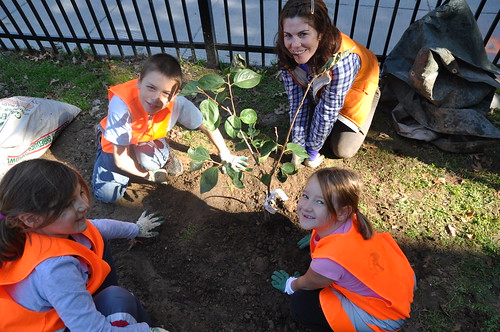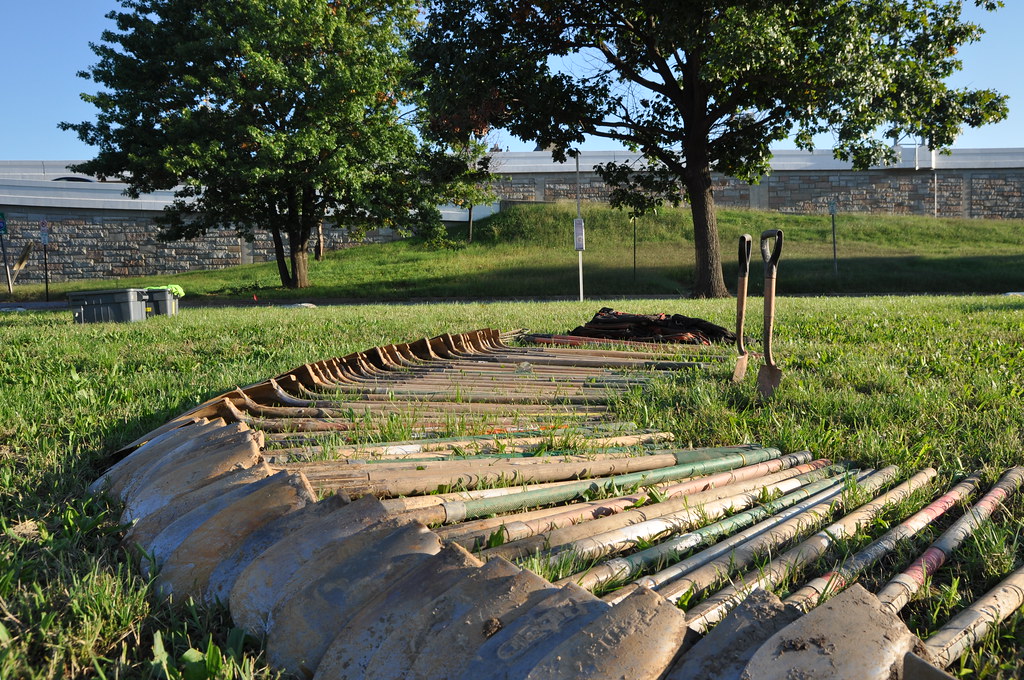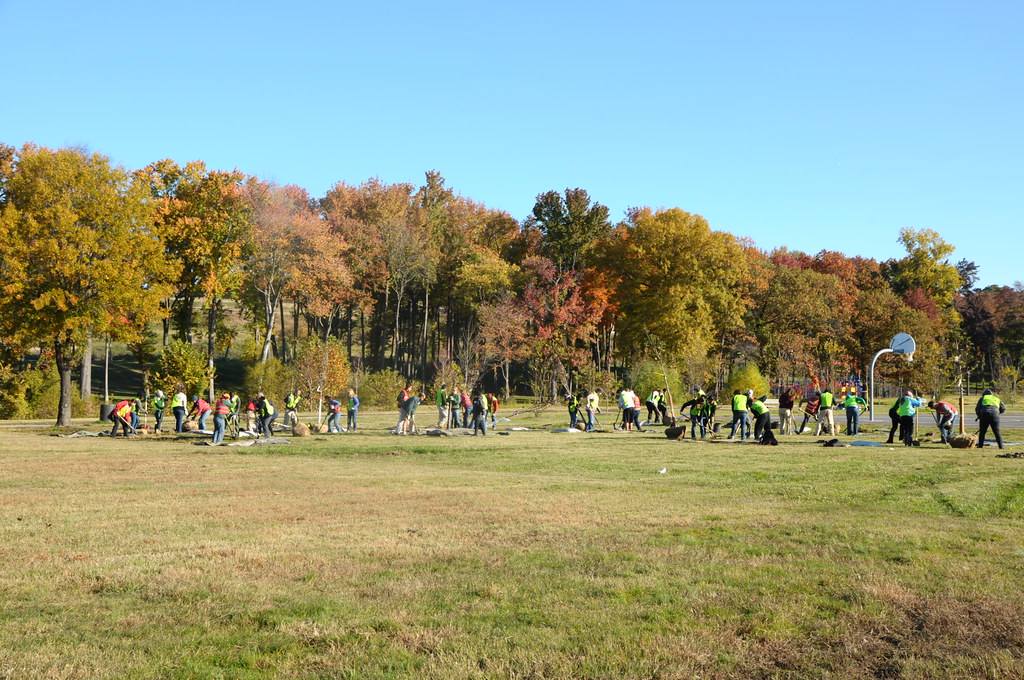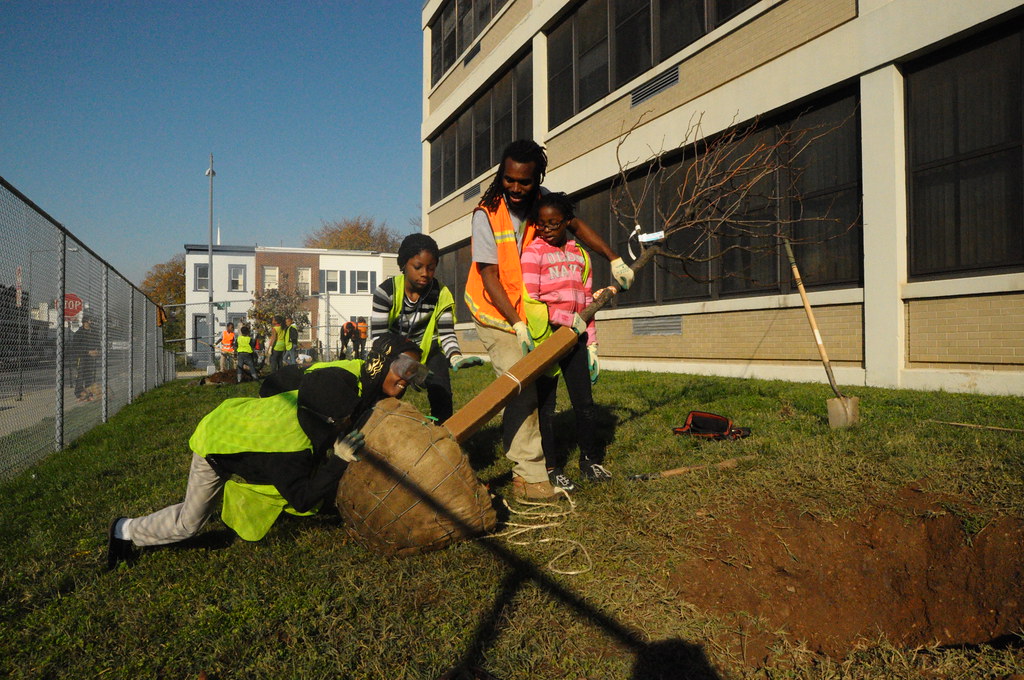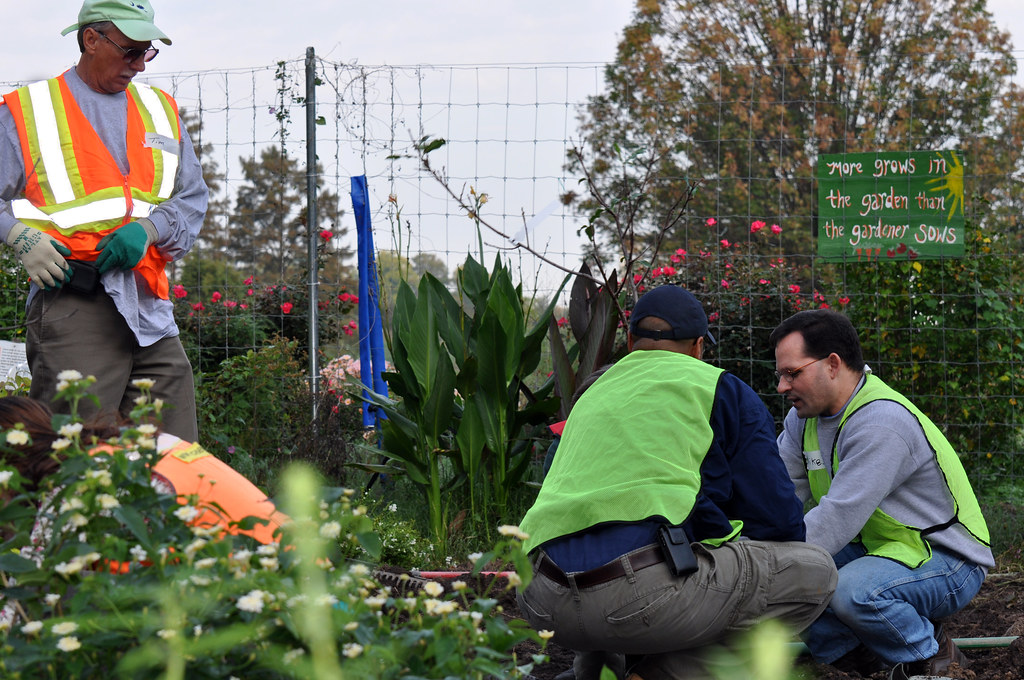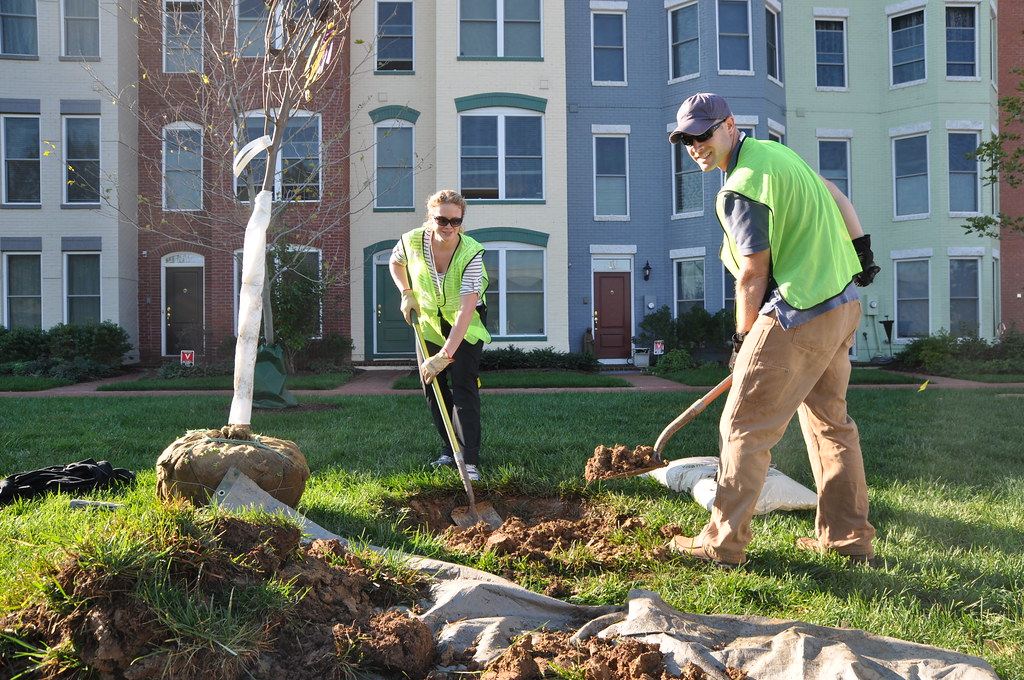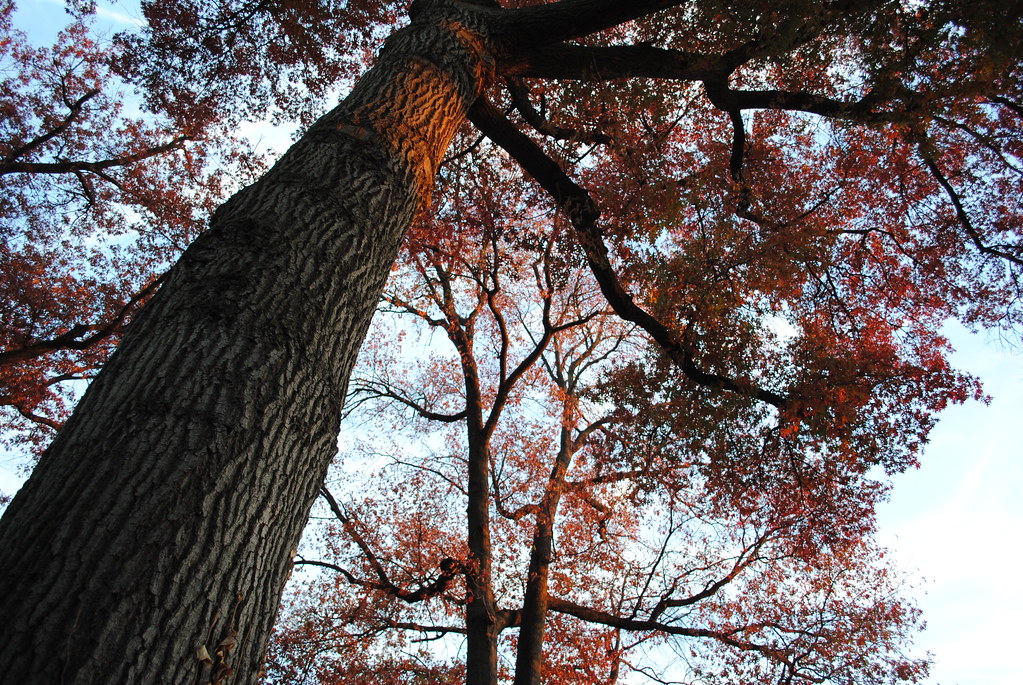On December 7, you have the opportunity to tell the D.C. Council to better protect one of the District’s greatest natural resources – its tree canopy.
Next Wednesday morning, Councilmember Mary M. Cheh, Chairperson of the Committee on the Environment, Public Works, and Transportation, will hold a public hearing on the Urban Forest Administration Reorganization Act of 2011 (B19-484). This legislation, introduced by Councilmember Phil Mendelson, is intended to address several shortcomings of the Urban Forest Preservation Act (UFPA) of 2002 that has resulted in the loss of thousands of trees across the District.
While we
applaud Councilmember Mendelson for taking the lead on this discerning issue
affecting the livability and beauty of our nation’s capital, we have proposed seven
recommendations to B19-484 we believe will strengthen the proposed
legislation and make the UFPA an effective tool in protecting and growing our
tree canopy.
As a friend,
ally and tree lover, we hope you will stand with us on December 7 in support of
our recommendations. Your support at this critical time is imperative to keep
Washington D.C. the “City of Trees”.
Take Action:
- Learn more.
Our B19-484 devoted webpage details our recommendations and features video
and support documents.
- Attend
and testify at the public hearing. Public testimony is optional but
helpful.
Wednesday, December 7, 2011
10:30 a.m.
John A. Wilson Building
1350 Pennsylvania Avenue NW, Room 412
Washington, D.C. 20004
R.s.v.p. now
- Send a Letter
of Support to the Committee on the Environment, Public Works, and
Transportation Councilmembers.
Members:
Mary M. Cheh, Chairperson
Yvette Alexander
Muriel Bowser
Jim Graham
Tommy Wells
Download the Letter of Support Template.
- Tell
your friends, family members and peers to attend and submit letters of
support.
- Make a donation to support our advocacy work.




